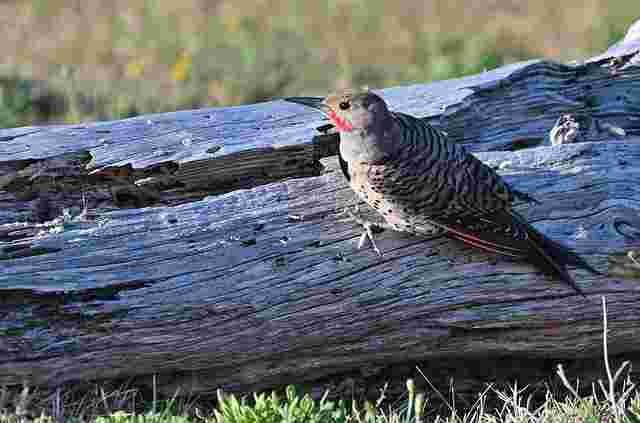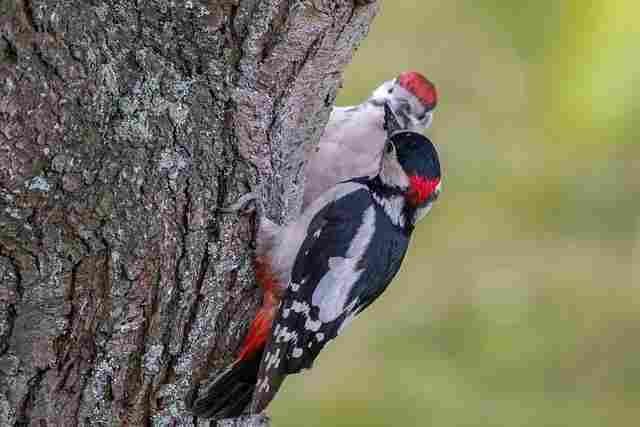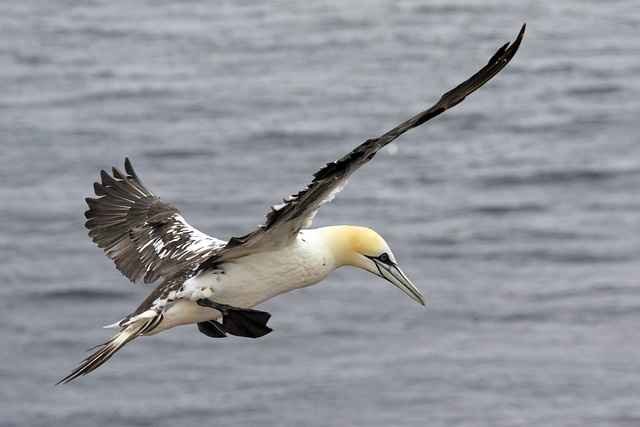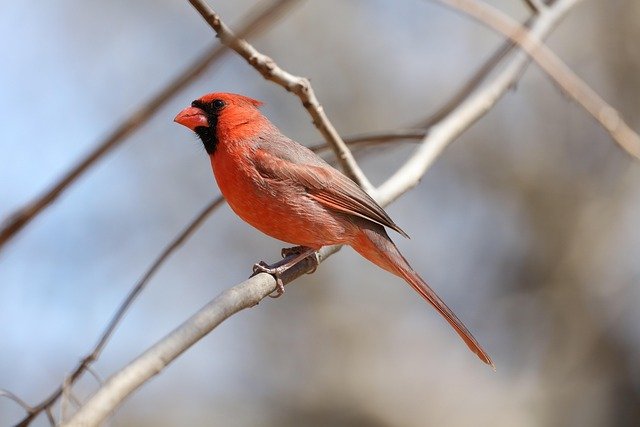Northern Flicker Bird — Habitat, Identification, Habits and Interesting Facts

The Northern Flicker, scientifically known as Colaptes auratus, is a very beautiful and unique woodpecker of North America.
This bird is recognized for its colorful plumage, spotted wings, and catchy call.
Most woodpeckers forage for food by perching on tree trunks, but the Northern Flicker is often seen feeding on insects on the ground.
This habit sets it apart from other woodpeckers.
Scientific Classification:
Common name Northern flicker
Scientific name Colaptes auratus
Family Picidae (woodpeckers)
Order Piciformes
Average life span 6–9 years
Spread (arm) 16–20 inches
Height 11–12 inches
Weight 3–5.5 ounces
Habitat and range
The Northern flicker is found in almost all regions of North America — from Canada and Alaska to Mexico.
Preferred Habitat:
This bird is commonly found in forest edges, parks, gardens, and open fields.
It often forages for insects while walking on grass.
You can usually see them:
In deciduous forests
On riverbanks
In urban parks
And even in home gardens
This bird builds its nest by digging holes in dry or dead trees, and other birds later use these nests.
Identification and body structure
The Northern Flicker is relatively easy to recognize, because its wings have a beautiful combination of spots and colors.
Distinguishing Features:
Wings: Brown with black spots
Belly: Light color, with black spots
Tail: Red or yellow shine from below
Breast: Black crescent line
Face: Red or black stripe on the cheeks of male birds
Two Main Types:
Yellow-shafted Flicker: In the eastern and northern regions, which has yellow color under the wings.
Red-shafted Flicker: Found in the western regions, with red underwings.
Where these two species meet, mixed-colored flickers are commonly seen.
Diet And Habits

Most woodpeckers forage on tree bark, but the Northern Flicker mostly forages on the ground for insects.
Favorite Foods:
Ants (50% of diet)
Wheelbarrows and termites
Grubs and caterpillars
Seeds and berries
Wild berries in winter
Feeding Habit:
This bird uses its long, sticky tongue to extract insects from the ground or bark.
Its tongue can extend about two inches beyond its beak.
In winter, it often visits bird feeders to feed on suet, peanuts, or sunflower seeds.
Vocalizations And Drumming
The Northern Flicker is known for its unique vocalizations and drumming habits.
Common Sounds:
Repeated calls such as “Wicca Wicca” or “Clair”.
Drums by tapping loudly on a tree or metal — used to mark its territory or attract a mate.
These sounds are especially common in the spring.
Nesting And Breeding
The Northern Flicker builds its nest in a hole in a tree.
Breeding Facts:
Season: April to July
Eggs: 5 to 8 glossy white eggs
Incubation period: 11–13 days
Both parents share in guarding the eggs and feeding the chicks.
The chicks stay with their parents for a few weeks when they are able to fly.
Migration and seasonal movements
Not all flickers are the same — some stay in the same place year-round, while northern birds migrate south for the winter.
Most birds only travel a few hundred miles to survive in temperate climates.
Behavior and social habits
This bird is social but wary.
Often seen in pairs or small groups.
Males fiercely defend their territory during the breeding season.
In winter, they fly with other birds such as jays, chickadees, and sparrows.
One of their special behaviors is called “anting” — they rub ants on their feathers to remove the germs from their feathers with the ant’s acid.
Role In Nature

The northern flicker plays an important role in nature.
Benefits:
Pest Control: Keeps the environment clean by eating ants and termites.
Nest Building: Their old nests are useful for other birds such as owls and sparrows.
Seed Dispersal: Helps trees grow by spreading seeds after eating the fruit.
Viewing Tips
If you are a birdwatcher, be sure to look for the Northern Flicker.
Ways to See:
Listen to their “Wicca Wicca” call early in the morning.
Watch them digging in lawns or open areas.
Pay attention to the yellow or red color of their tails when flying.
Use binoculars.
Place bird feeders and water dishes so they come back again and again.
They often return to the same place year after year.
Interesting Facts:
The Northern Flicker is the only woodpecker that makes long migrations.
It pecks 20 times a second.
Its tongue wraps around its skull to protect its brain from shock.
It can eat up to 5,000 ants a day.
It is considered a symbol of creativity and hard work by Native American tribes.
It sometimes bathes in ants to keep its feathers clean.
Threats and Conservation
Although the Northern Flicker is not currently endangered, there are some threats to it.
Threats:
Tree felling
Competition for nesting sites with other birds (especially the European starling)
Injury from glass
Predation by cats and raccoons
Conservation measures:
Preserving forests and dead trees
Installing birdhouses
Creating bird-friendly environments in urban areas
According to the IUCN Red List, the Northern Flicker is listed as Least Concern (safe), but monitoring is necessary.
Invite Flickers to Your Garden
If you want this beautiful bird to visit your garden, take these steps:
Install a nesting box (6–10 feet high).
Keep sweet feeders.
Minimize pesticide use to keep food available.
Do not cut down dead trees unless they are safe.
Keep a water dish or birdbath.
These steps can make your home a permanent home for these beautiful birds.
Conclusion:

The Northern Flicker is a beautiful gift from nature.
Its colors, sounds, and habits remind us of the beauty of nature.
It not only brings life to forests but also to our gardens.
If we preserve their natural habitat, these beautiful birds will always grace our skies.
Prey by cats and raccoons
